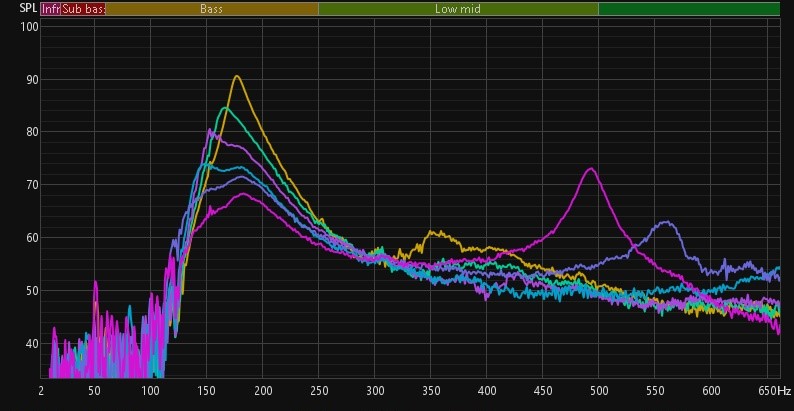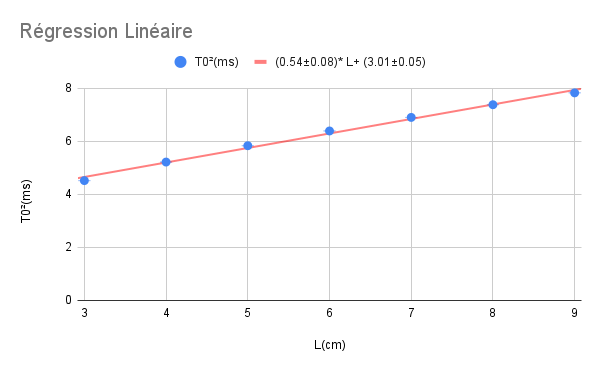Summary:
This document is a detailed project visualization and pre-study I created to explore a sustainable mobility concept tailored for East Africa's bodaboda sector. The idea: convert fuel-powered motorcycles into hybrid electric vehicles using a modular solar-charged rear or front wheel.
The project outlines key technical components, cost breakdown, ROI simulation, environmental impact, and a full pilot deployment plan in Arusha, Tanzania. While still in its conceptual phase, this work serves as a blueprint of how I imagine scalable and inclusive electrification solutions adapted to local ecosystems.


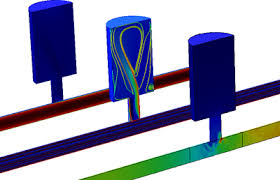
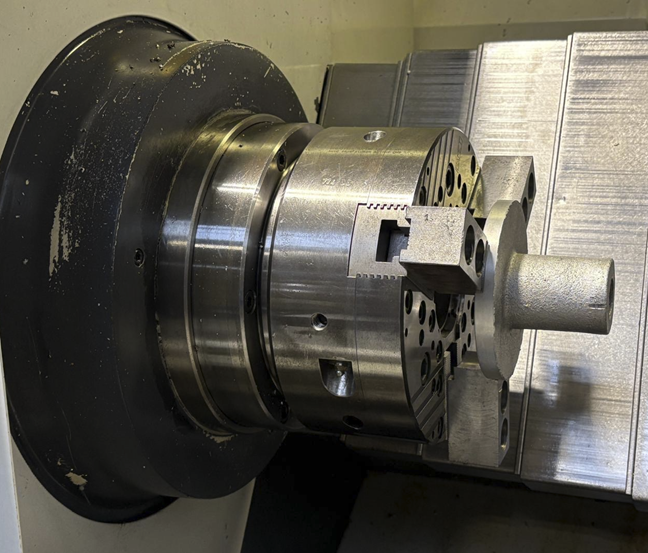
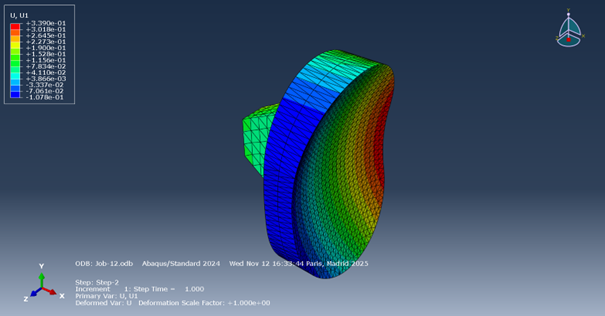
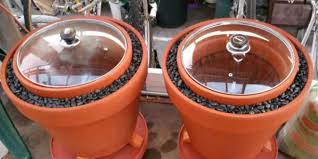


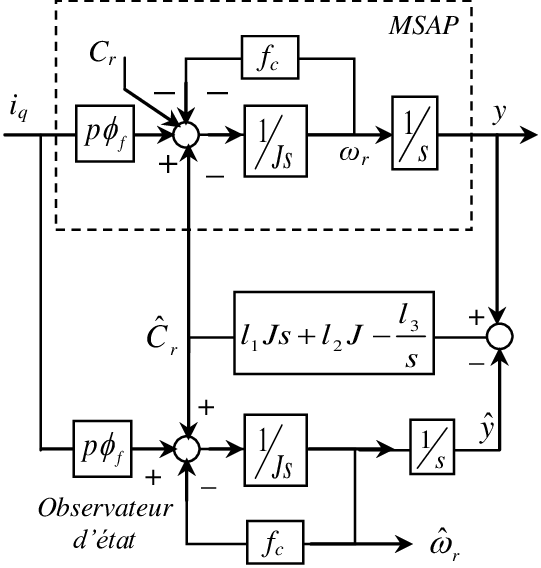
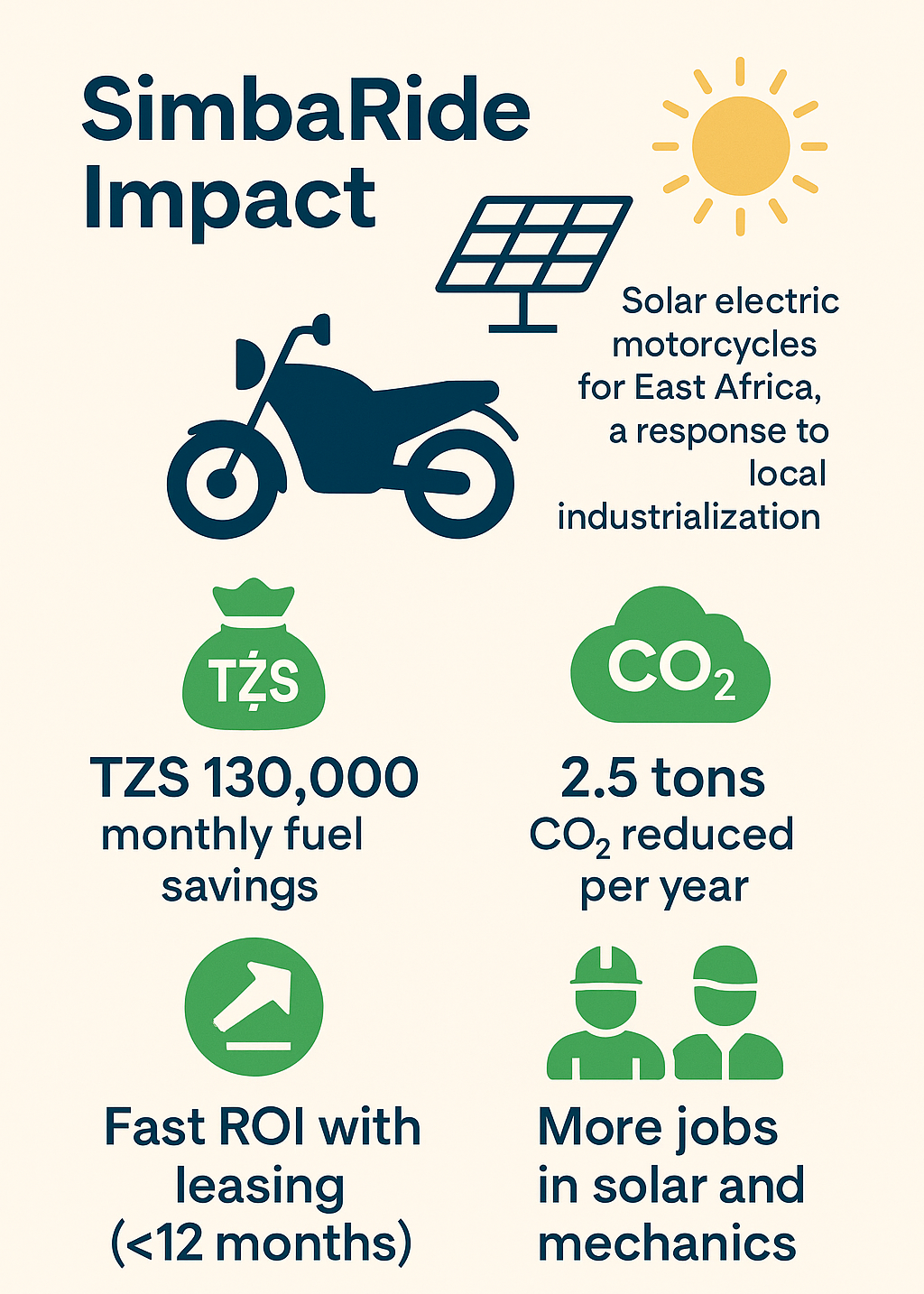



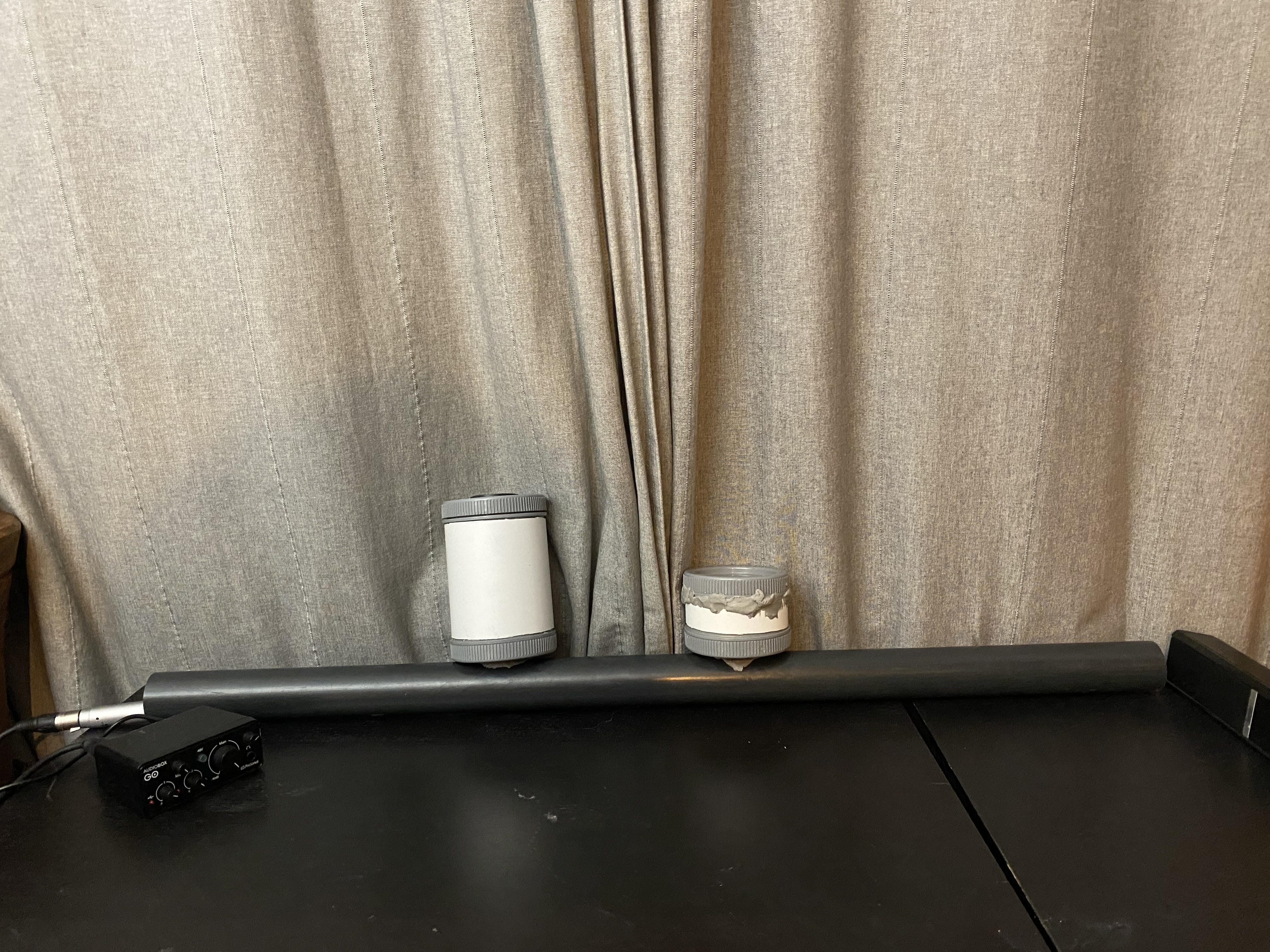
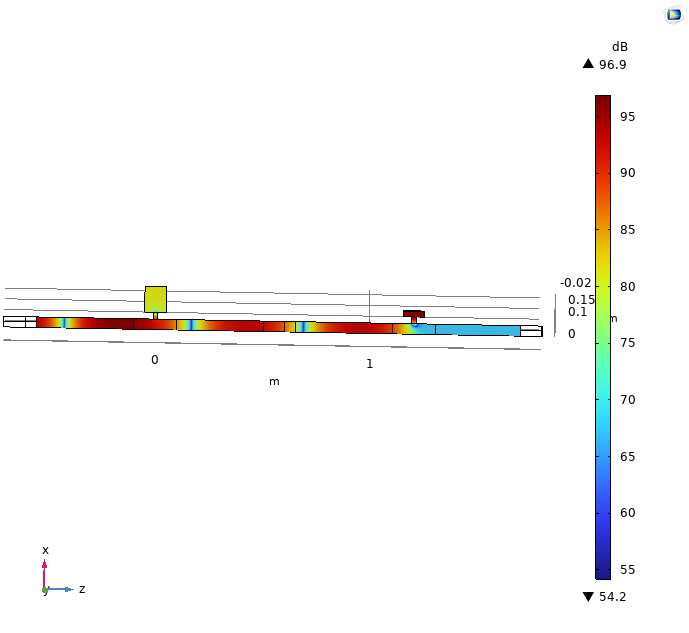
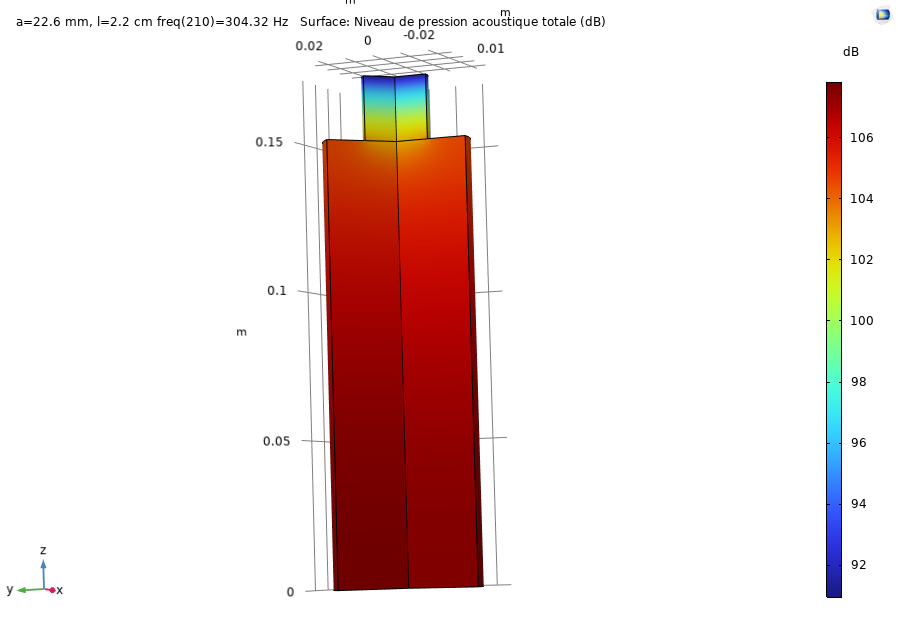
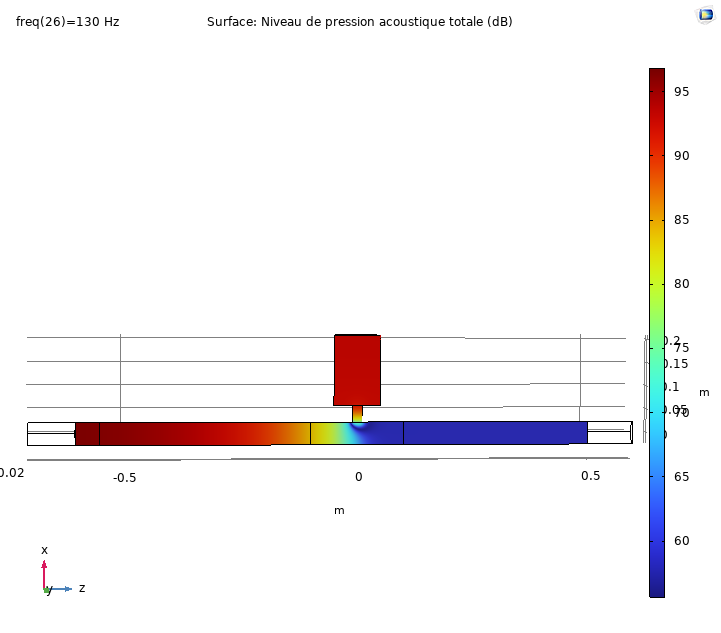
.jpg)
